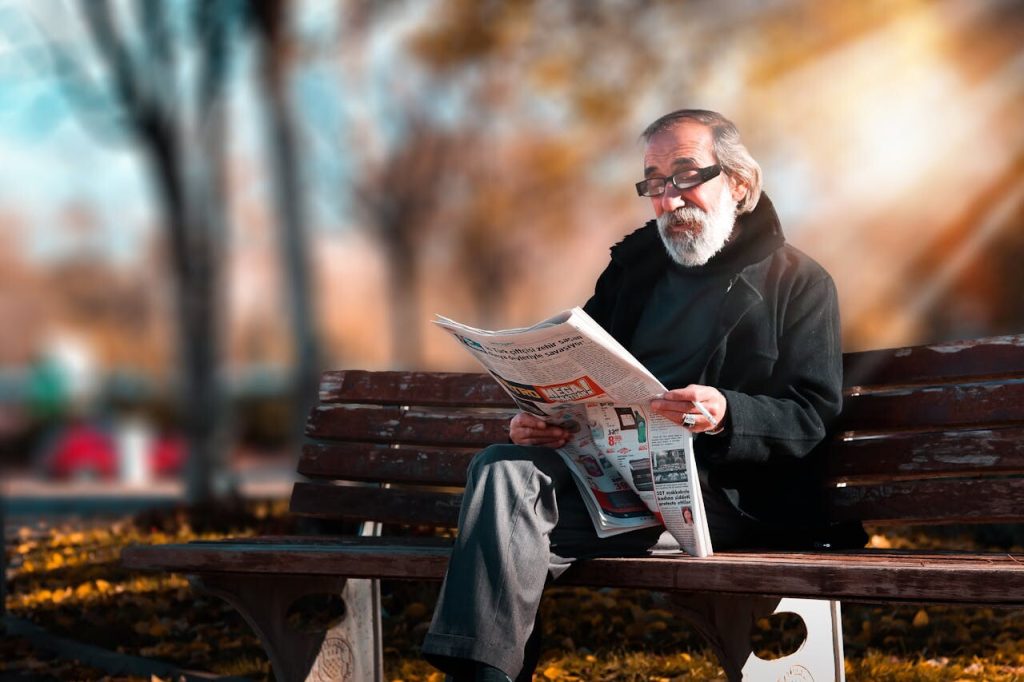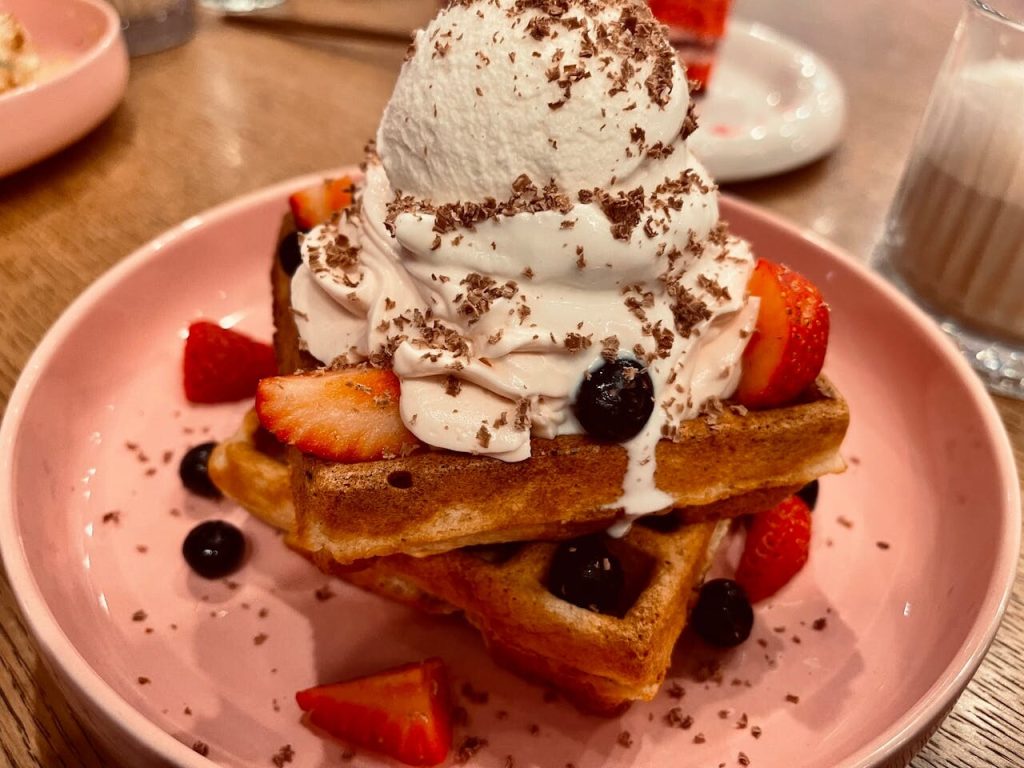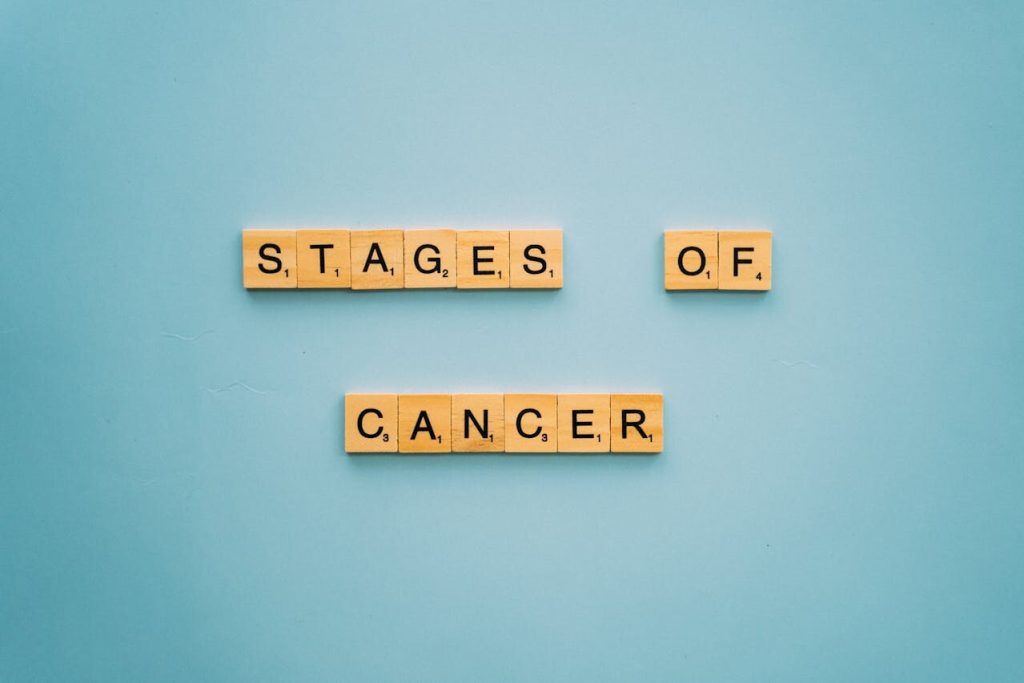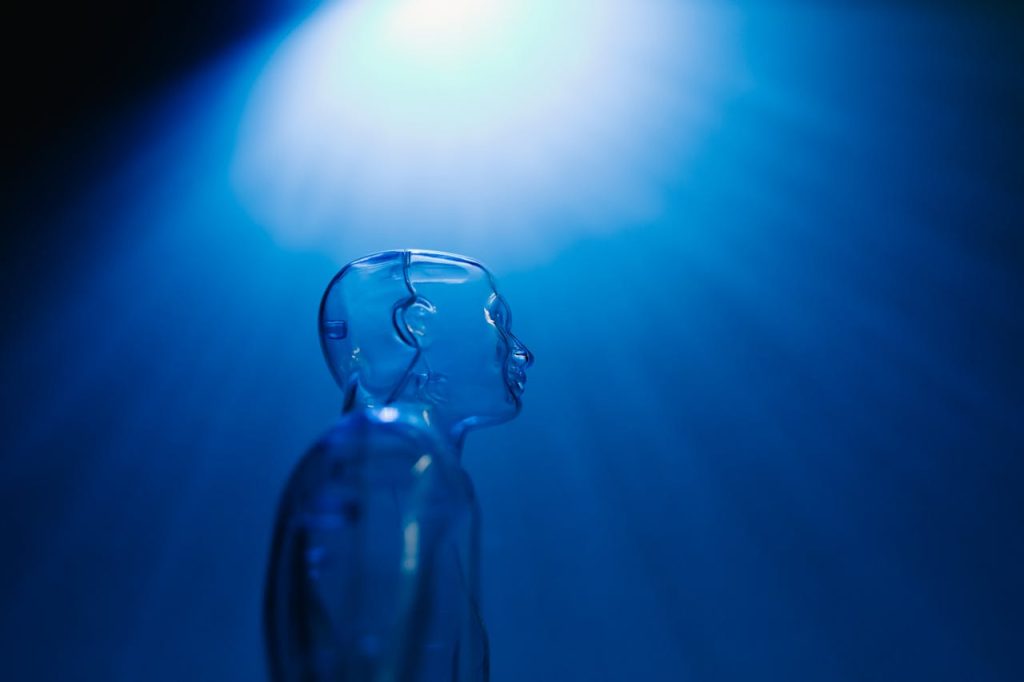Niacin flushing is a common side effect of niacin intake, characterized by redness, warmth, and itching of the skin. In this section, we will explore the causes of niacin flushing reaction, discuss ways to prevent it, and provide effective treatment options. While the flushing reaction is harmless, it can be uncomfortable and bothersome for some individuals.
It occurs due to the dilation of blood vessels in response to niacin consumption. Niacin, also known as vitamin B3, is an essential nutrient that offers numerous health benefits, including improved cholesterol levels and heart health. However, excessive doses of niacin can lead to more severe symptoms, such as dizziness, nausea, and liver damage.
Key Takeaways:
- Niacin flushing is a common side effect of niacin intake, characterized by redness, warmth, and itching of the skin.
- The flushing reaction occurs due to the dilation of blood vessels in response to niacin consumption.
- Excessive doses of niacin can lead to more severe symptoms, such as dizziness, nausea, and liver damage.
Understanding Niacin Flushing
Niacin, also known as vitamin B3, is an essential nutrient that plays a crucial role in various bodily functions. It helps convert food into energy, regulate cholesterol levels, and support brain function.
While niacin offers numerous health benefits, it can cause a flushing reaction in some people. This reaction occurs due to the release of prostaglandins, which cause blood vessels to expand and increase blood flow. The dilation of blood vessels causes redness, warmth, and itching of the skin, commonly known as the niacin flushing reaction.
Although niacin flushing is generally harmless, it can be uncomfortable and bothersome for some individuals. In rare cases, excessive doses of niacin can cause more severe symptoms, such as dizziness, nausea, and liver damage. Therefore, it is crucial to understand the potential side effects of niacin and consult a healthcare provider before taking any supplements.
Causes of Niacin Flushing
Niacin flushing is a common side effect of niacin intake, characterized by redness, warmth, and itching of the skin. It occurs due to the dilation of blood vessels in response to niacin consumption. This reaction is caused by the release of prostaglandins, which are biological molecules that play a role in inflammation. Higher doses of niacin are more likely to trigger a flushing reaction, and certain individuals may be more susceptible to it.
It is important to note that not all forms of niacin supplements cause flushing. Extended-release niacin, for example, has a lower risk of causing this reaction. Additionally, certain lifestyle factors can exacerbate niacin flushing. Drinking alcohol, consuming hot beverages, and eating spicy foods may increase the intensity of the reaction.
Prevention of Niacin Flushing
While niacin flushing cannot be entirely prevented, there are several strategies you can employ to minimize its occurrence. Gradually increasing your niacin dose allows your body to adapt and reduce the severity of flushing. Taking niacin supplements with meals or after consuming food can also help alleviate flushing symptoms. Additionally, avoiding triggers such as alcohol, hot beverages, and spicy foods may help minimize the intensity of the reaction.
It is important to note that extended-release niacin supplements have a lower risk of causing flushing compared to other forms of niacin supplements. Thus, switching to this form of niacin supplement may be an option for individuals who experience severe flushing with other supplements.
Holistic Approach at the Cancer Center for Healing
For individuals seeking a more comprehensive approach to cancer treatment, the Cancer Center for Healing in Irvine, CA, offers a range of holistic treatment modalities. Led by Dr. Leigh Erin Connealy, the center’s team takes a personalized approach to cancer care, working to address the root causes of illness and support the body’s natural healing process. Their approach extends beyond conventional treatments, integrating various complementary therapies, such as acupuncture, nutritional counseling, and mind-body techniques.
One of the center’s main principles is the importance of treating the whole person – not just the disease. The team at the Cancer Center for Healing aims to support patients’ physical, emotional, and spiritual well-being, providing individualized treatment plans that focus on restoring balance and promoting optimal health. By incorporating various holistic modalities, they seek to enhance the body’s immune system, reduce stress and inflammation, and facilitate the healing process.
At the Cancer Center for Healing, patients receive personalized attention from a team of experienced healthcare professionals dedicated to improving their quality of life. Dr. Leigh Erin Connealy and her team understand the importance of empowering individuals to take an active role in their health, offering education and support to help them make informed decisions throughout their treatment journey.
Get in Touch with the Cancer Center for Healing
If you or a loved one are interested in exploring holistic cancer treatment options, contact the Cancer Center for Healing at (949) 680-1880. The center’s team can help answer any questions you may have and schedule a consultation with Dr. Leigh Erin Connealy. With their patient-centered approach, you can feel confident that you are receiving the best possible care for your unique needs.
FAQ
Q: What is niacin flushing reaction and what causes it?
A: Niacin flushing reaction is a common side effect of niacin intake, characterized by redness, warmth, and itching of the skin. It is caused by the dilation of blood vessels in response to niacin consumption.
Q: How can I prevent niacin flushing?
A: While niacin flushing cannot be entirely prevented, there are strategies you can employ to minimize its occurrence. Gradually increasing your niacin dose, taking niacin supplements with meals, and avoiding triggers such as alcohol, hot beverages, and spicy foods may help alleviate flushing symptoms.
Q: What are the causes of niacin flushing?
A: Niacin flushing is primarily caused by the release of prostaglandins in response to the intake of niacin supplements. Certain individuals may be more susceptible to it, and lifestyle factors such as alcohol consumption and hot beverages can exacerbate the reaction.
Q: How is niacin flushing treated?
A: While niacin flushing does not require specific treatment, over-the-counter antihistamines can help alleviate symptoms. It is important to consult a healthcare professional before starting any treatment regimen.
Q: Can niacin flushing be harmful?
A: Niacin flushing is generally harmless. However, excessive doses of niacin can lead to more severe symptoms, such as dizziness, nausea, and liver damage. It is important to follow recommended dosage guidelines and consult a healthcare professional if you experience any concerning symptoms.






